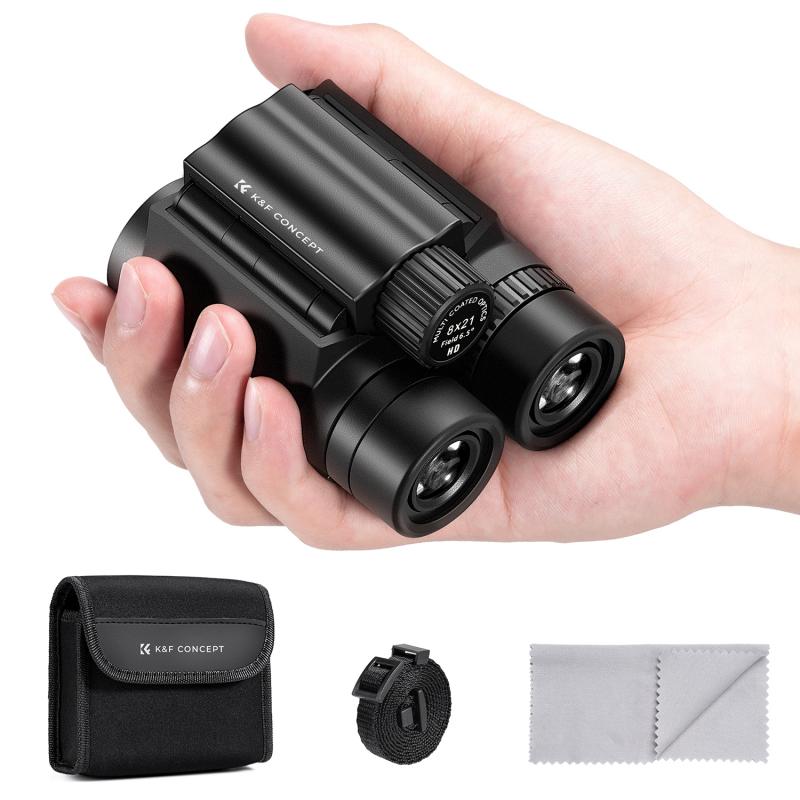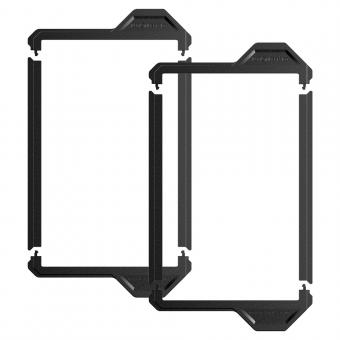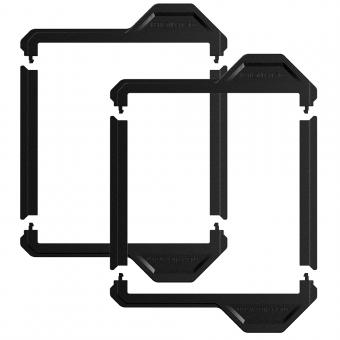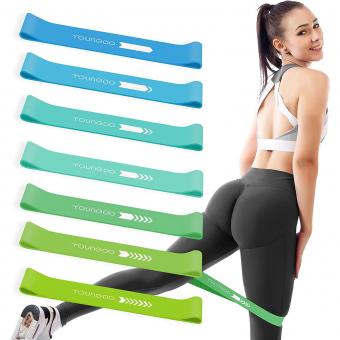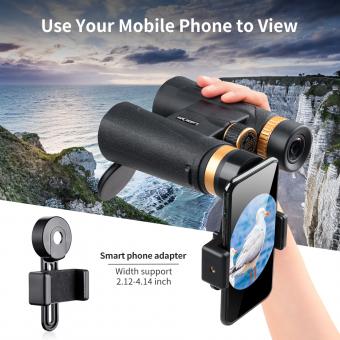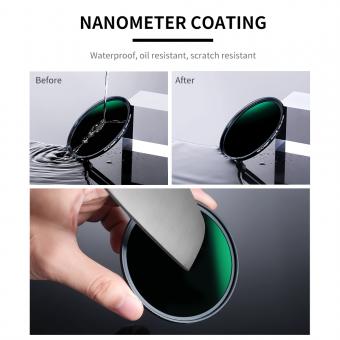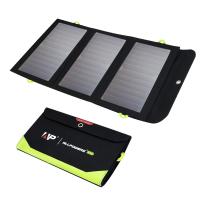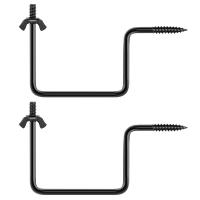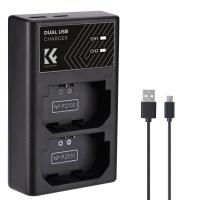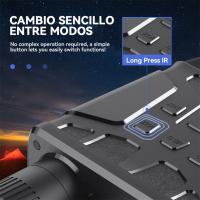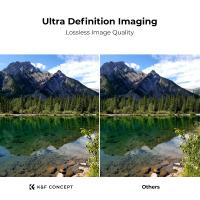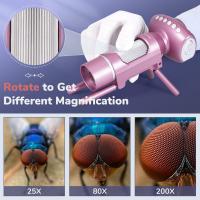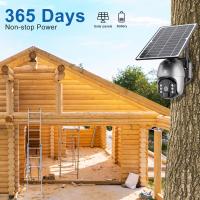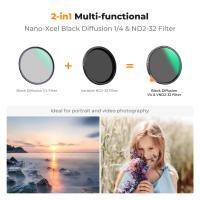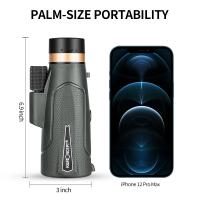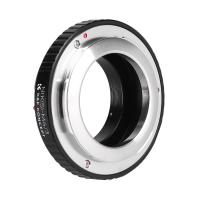What Strength Binoculars Do I Need ?
The strength of binoculars you need depends on what you plan to use them for. If you want to use them for bird watching or other outdoor activities, a magnification of 8x or 10x is usually sufficient. If you plan to use them for stargazing or other astronomy-related activities, a magnification of 15x or higher may be necessary. It's important to keep in mind that higher magnification also means a narrower field of view and a shakier image, so it's important to find a balance between magnification and stability. Additionally, the size of the objective lens (the front lens) also affects the brightness and clarity of the image, so a larger objective lens is generally better for low-light conditions.
1、 Magnification power
When determining the strength of binoculars you need, the most important factor to consider is the magnification power. Magnification power refers to how much closer an object will appear when viewed through the binoculars compared to the naked eye. The appropriate magnification power depends on the intended use of the binoculars.
For general purposes such as birdwatching, hiking, or sporting events, binoculars with a magnification power of 8x or 10x are commonly recommended. These magnification levels provide a good balance between bringing the subject closer and maintaining a stable image. Higher magnification binoculars, such as 12x or 16x, can bring the subject even closer, but they may be more difficult to hold steady and can result in a shakier image.
However, it's important to note that higher magnification doesn't always mean better. In some cases, such as astronomy or long-distance viewing, higher magnification binoculars may be necessary to observe fine details. On the other hand, for activities that require a wider field of view, such as watching sports or scanning landscapes, lower magnification binoculars are more suitable.
It's also worth considering the size and weight of the binoculars. Higher magnification binoculars tend to be larger and heavier, which can make them less portable and more challenging to use for extended periods.
Ultimately, the strength of binoculars you need depends on your specific requirements and preferences. It's recommended to try out different magnification powers and models to find the one that best suits your needs and provides a comfortable viewing experience.
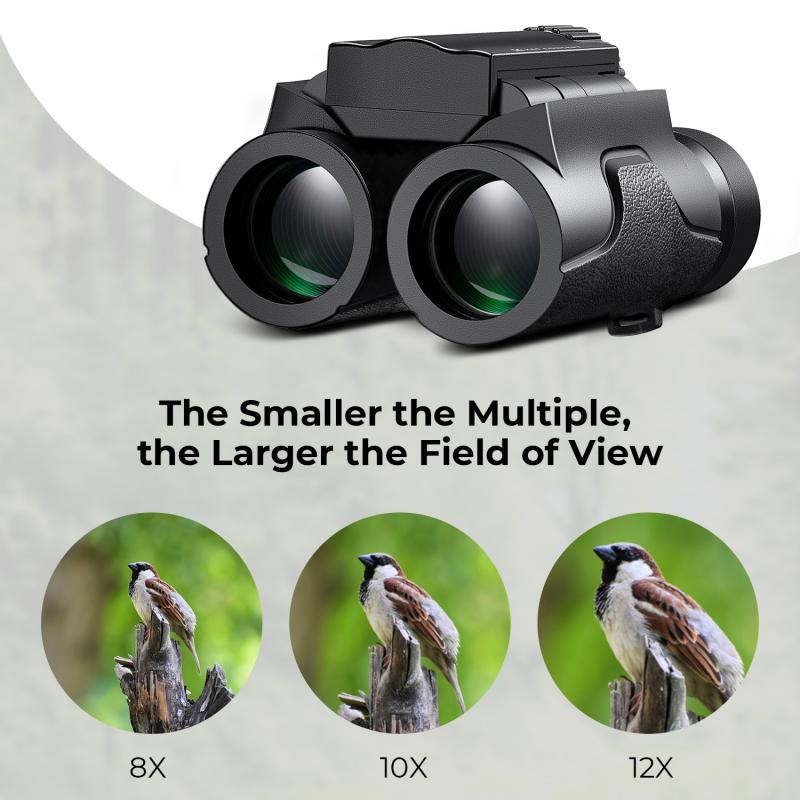
2、 Objective lens diameter
The strength of binoculars you need depends on various factors, with one of the most important being the objective lens diameter. The objective lens diameter refers to the size of the front lenses of the binoculars and is measured in millimeters. It plays a crucial role in determining the amount of light that enters the binoculars, which directly affects the brightness and clarity of the image you see.
Generally, binoculars with larger objective lens diameters provide brighter and clearer images, especially in low-light conditions. However, they also tend to be heavier and bulkier. On the other hand, binoculars with smaller objective lens diameters are more compact and lightweight, making them easier to carry around.
The ideal objective lens diameter for you depends on your specific needs and preferences. If you plan to use the binoculars for daytime activities such as birdwatching or sporting events, a lens diameter between 30mm and 42mm should suffice. These sizes offer a good balance between brightness and portability.
For low-light conditions or stargazing, larger objective lens diameters, such as 50mm or even 70mm, are recommended. These larger lenses gather more light, allowing for better visibility in dim environments. However, keep in mind that binoculars with larger objective lenses may require a tripod or other stabilization methods to minimize hand shake and ensure steady viewing.
It's worth noting that advancements in lens coatings and optical technologies have improved the performance of binoculars across different objective lens diameters. Therefore, even smaller objective lens diameters can provide impressive image quality in modern binocular models.
Ultimately, the strength of binoculars you need depends on your specific use case and preferences. Consider factors such as intended use, portability, and light conditions to determine the ideal objective lens diameter for your needs.
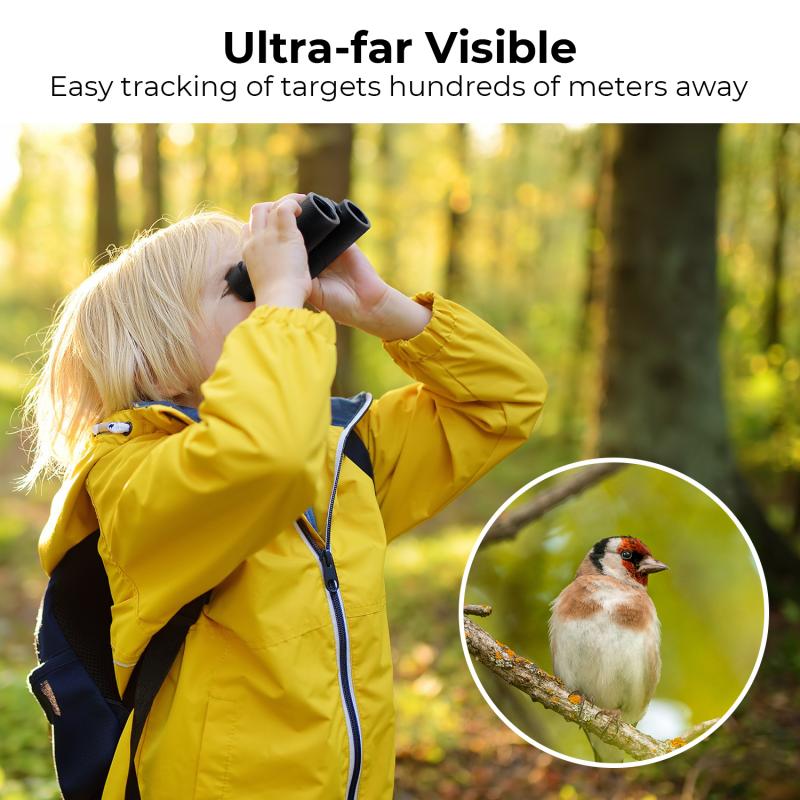
3、 Exit pupil size
The strength of binoculars you need depends on various factors, including the purpose of use, lighting conditions, and personal preferences. While the exit pupil size is an important consideration, it is not the sole determining factor.
The exit pupil size refers to the diameter of the beam of light that exits the eyepiece of the binoculars. It is calculated by dividing the objective lens diameter by the magnification power. A larger exit pupil size allows more light to enter your eyes, resulting in a brighter image, especially in low-light conditions. Generally, an exit pupil size of 5-7mm is considered adequate for most daylight activities, while a larger exit pupil of 7-9mm is recommended for low-light situations like stargazing or wildlife observation at dusk or dawn.
However, it is important to note that the human eye's pupil size varies depending on age and lighting conditions. As we age, our pupils tend to become smaller, limiting the amount of light that can enter the eye. Therefore, older individuals may benefit from binoculars with larger exit pupil sizes to compensate for this natural change.
Additionally, other factors such as lens quality, coatings, and overall optical design also play a significant role in determining the brightness and clarity of the image. High-quality binoculars with superior optics can provide a brighter image even with a smaller exit pupil size.
Ultimately, the strength of binoculars you need should be determined by considering all these factors in conjunction with your specific requirements and budget. It is advisable to try out different binoculars and consult with experts or read reviews to find the best fit for your needs.
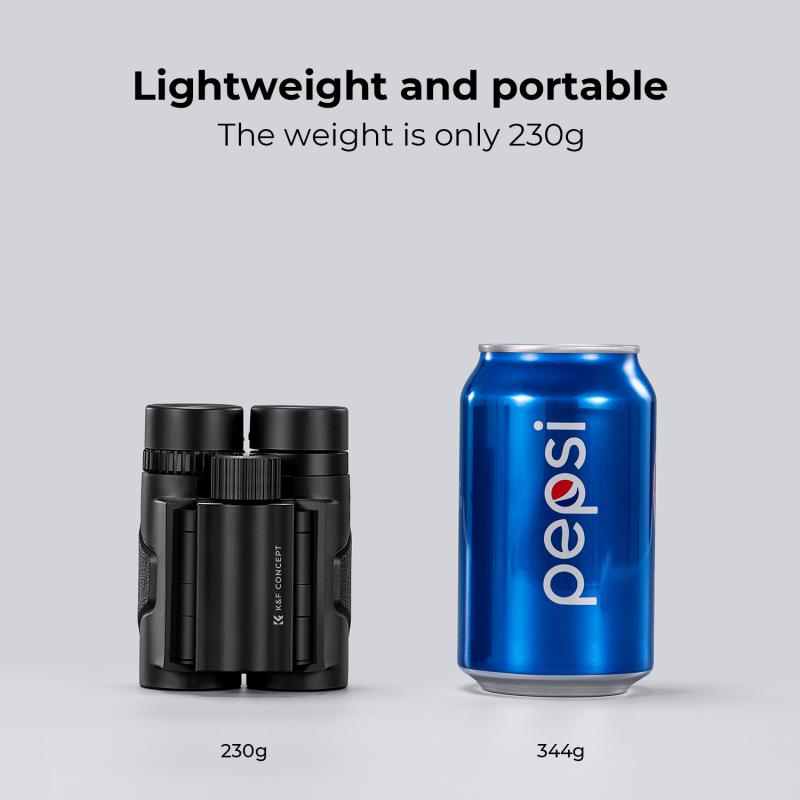
4、 Field of view
When determining the strength of binoculars you need, one important factor to consider is the field of view. The field of view refers to the width of the area you can see through the binoculars at a specific distance. It is typically measured in degrees or feet at a certain distance.
The field of view is crucial because it determines how much of the surrounding area you can observe without having to move the binoculars. A wider field of view allows you to scan larger areas quickly, making it ideal for activities such as birdwatching, wildlife observation, or sports events. On the other hand, a narrower field of view provides more magnification, making it suitable for detailed observations like stargazing or observing distant objects.
The appropriate strength of binoculars you need depends on your specific requirements and preferences. For general use, a field of view between 6 and 8 degrees is considered good. This range provides a balance between magnification and a wide enough field of view to capture a decent amount of the scene.
However, it's important to note that the latest point of view suggests that advancements in technology have allowed for binoculars with wider fields of view without compromising on magnification. Some high-end binoculars now offer wider fields of view, ranging from 8 to 10 degrees or even more. These binoculars are particularly beneficial for activities that require a broader perspective, such as nature observation or panoramic viewing.
Ultimately, the strength of binoculars you need depends on your intended use and personal preferences. Consider factors such as the activity you'll be using them for, the level of detail you want to observe, and the size and weight of the binoculars that are comfortable for you to handle.
